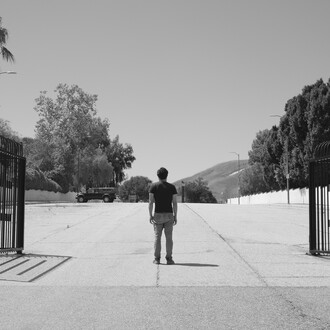Eugène Frey (Brussels 1864 – Courbevoie 1942) was a painter and an artist whose work has been forgotten by the history of art and stage. In 1900 he invented the technique for “Décors Lumineux à transformations”, a complex system of light projections mixing pictorial, photographic and cinematographic techniques to bring diverse variations of colours, lights and forms to stage scenery, while also integrating moving pictures. He developed this unique process for on the stage of the Opéra de Monte-Carlo from 1904 to 1938.
With the aim of rediscovering Frey’s prolific work, the NMNM has invited the artist João Maria Gusmão (Lisbon 1979) to reinterpret his Light Set projection technique. Likening his research to a metaphysical inquiry in the field of analogue experimental media, with references to early film pioneers (such as Eadweard Muybridge), as well as science philosophers and physicists (James Clerk Maxwell, Ernst Mach), João Maria Gusmão has developed a scenographic installation composed of multiple modified slide projectors. Synchronised in the Villa Paloma’s different spaces, they reactivate Frey's different animation techniques in the form of a “continuous light micro-cinema”.
A journey into pre-cinema, the exhibition confronts some of Eugène Frey’s decorative projects with the experimental creations of other inventors from the early 20th century up to the present day: the shadow pieces of Caran d’Ache; the mechanical theatre of master-watchmaker Emmanuel Cottier; the artist Hans-Peter Feldmann’s shadow theatre and Lourdes Castro's performances; the silhouette films created by Lotte Reiniger or Michel Ocelot; the phantasmagorical experiences of Georges Méliès, Alexandre Alexeïeff and Claire Parker as well as those of Jean Hugo; the light choreographies of Loïe Fuller and the installations of Gusmão + Paiva.
















